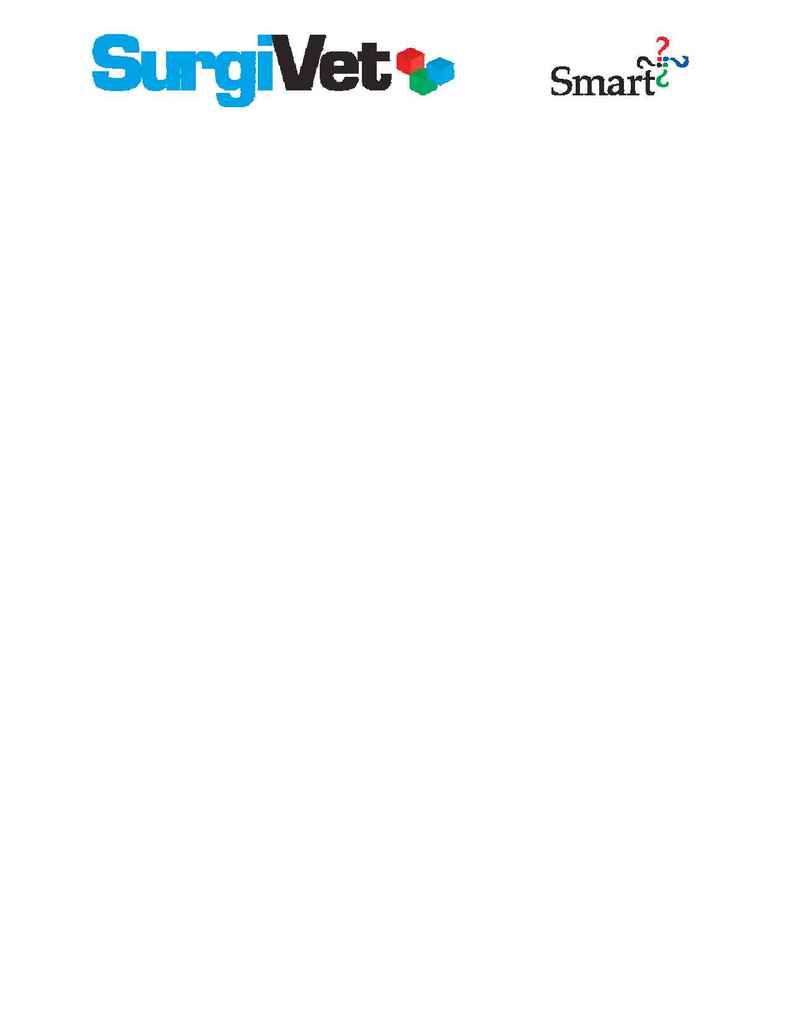
Veterinary Anesthesia and Monitoring Equipment
Page 1 of 3
SurgiVet, Inc.
N7 W22025 Johnson Road, Suite A
Waukesha, WI 53186 USA
Phone: 262-513-8500 Fax: 262-513-9069
www.surgivet.com
Common misconceptions about monitoring
Nora Matthews
DVM,Dipl. ACVA, Professor, Anesthesiology
Texas A&M
November 2002
If monitoring anesthesia was easy, everyone would like to do it; and that does NOT seem to be
the case. What are some of the most important considerations about choosing monitoring
equipment and what questions are commonly asked?
1. Which is better; monitoring devices or a person who is devoted to watching the patient?
There is no simple answer to this question, since it will vary from practice to practice. It
depends on the experience and knowledge of the person watching the patient and the ability one
has to react to a monitoring device. A person who isn't paying attention is worse than a
mechanical monitor, but a monitor which warns of impending disaster and isn't observed won't
help either.
Although AAHA has mandated the use of mechanical monitors, the guidelines published
by the ACVA, specified that either was acceptable. In most cases, probably some combination
of an experienced person using monitoring equipment works the best.
2. Can you monitor a patient "well" with only a stethoscope?
The answer to this depends on your definition of monitoring "well".
The palpation of a pulse, examining mucous membrane color, capillary refill time, and
observing the respiratory rates provide valuable information. Also listening to the heart and lung
sounds, and character of these sounds have been used for many years successfully. But there are
a couple of reasons to consider more monitoring.
First, in our current society, it is important to document a patient's condition more
exactly. Monitoring the blood pressure, hemoglobin saturation, expired carbon dioxide levels do
provide additional information to help guide anesthetic depth and type of supportive care. Also,
the complexity and duration of procedures and type of patient undergoing anesthesia is
unprecedented in veterinary medicine.
